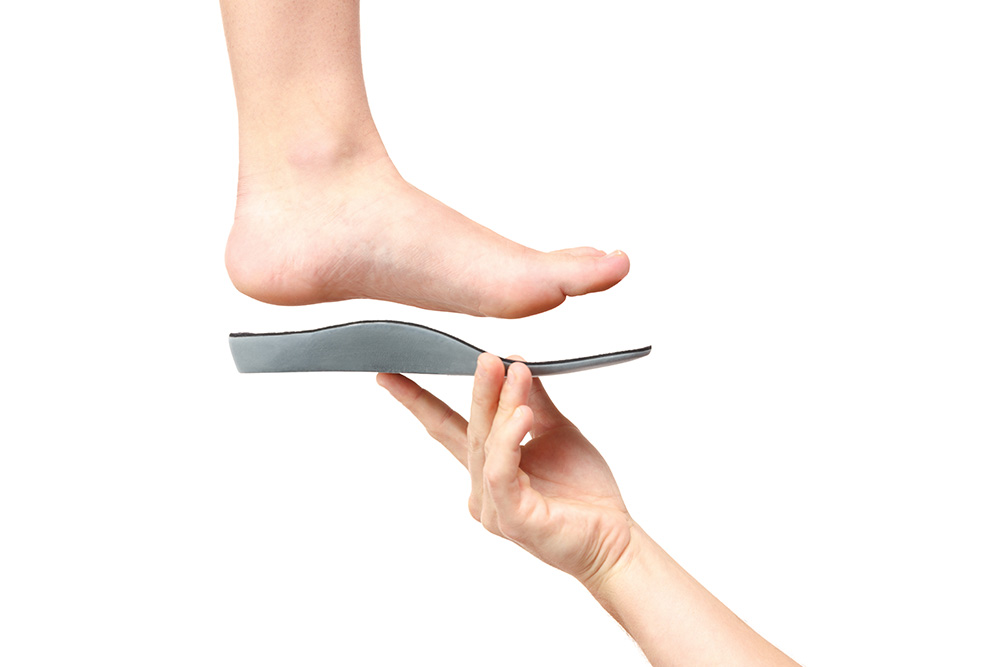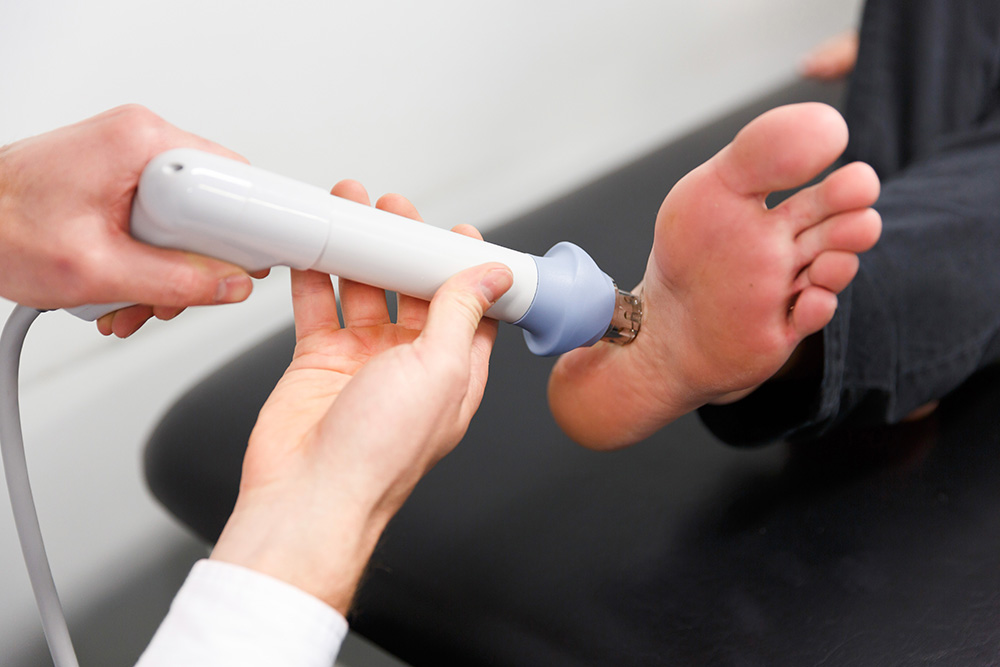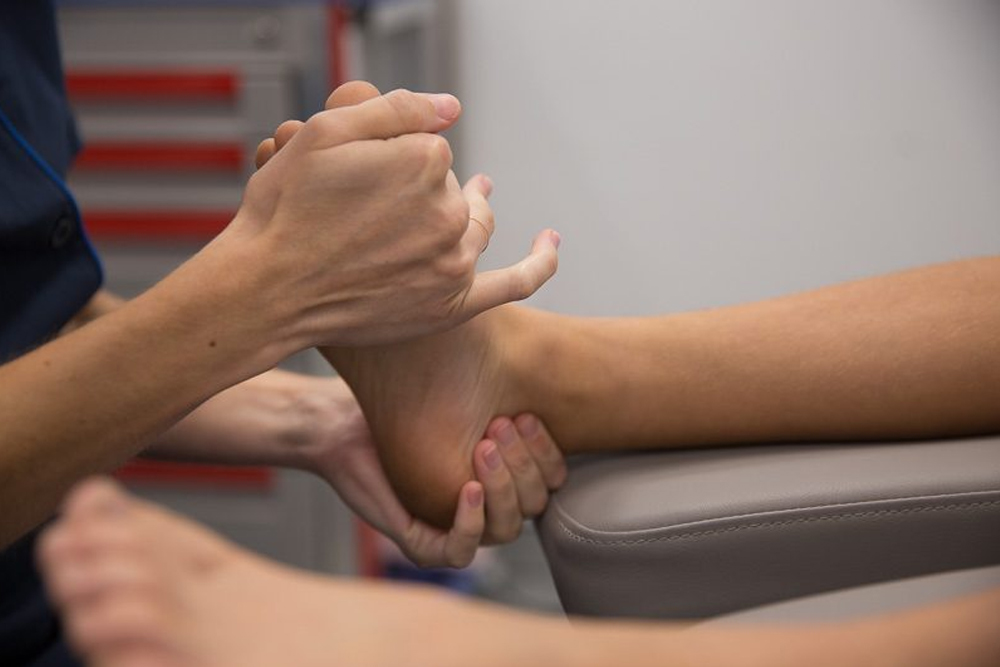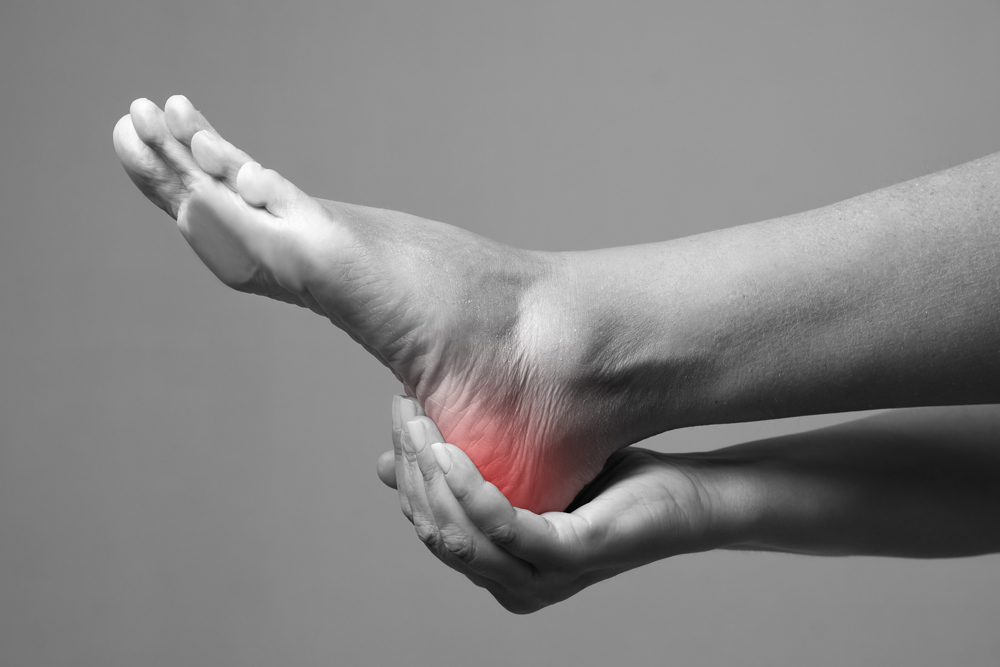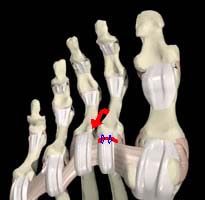

What is the plantar plate?
Your plantar plate is a thick ligament that runs along the ball of your foot, connecting to the joints. The plantar plate is designed to protect the head of the metatarsal (the long bones of the foot) from excess pressure, preventing our toes from spreading too far apart, and prevent the overextension of our toes.
How does a plantar plate tear?
When the plantar plate is overloaded or strained, a tear can develop. As your second metatarsal is often the longest, plantar plate tears most often develop at the second toe. Contributors to a plantar plate tear can include:
- The tendency to over-pronate (roll the feet inwards)
- Having a bunion or a hammer toe
- Having a long second metatarsal bone
- Activities that put high pressure on the ball of the foot, such as dancing, running and climbing stairs
What are the symptoms of a plantar plate tear?
Persistent pain and swelling under the ball of the foot that extends towards the toes is often the first sign of a plantar plate tear. This pain may be reproduced by bending the toe upwards. Some swelling may be visible on the top of the foot, along with redness. Often a sensation of ‘walking on the bones of the foot’ will be described, and a ‘V’ sign between the toes may be present, where two toes have separated further from one another than what is normal due to a plantar plate tear.
Management of a plantar plate tear
Diagnosing a plantar plate tear can sometimes be challenging due to the complex nature of the anatomy of the foot. This is where it’s important to get help from an experienced podiatrist. As the severity of plantar plate tears can range from mild to a complete rupture, we may use medical imaging to confirm the extent of your injury, hence implementing the most appropriate treatment plan.
Treatment of a plantar plate tear
Initially, treating the plantar plate tear will focus on relieving the painful symptoms. This may involve the use of:
- Strapping the toes
- Padding to offload the damaged area
- Temporarily altering your footwear
- Avoiding the activities that aggravate the pain
- Anti-inflammatory medications
Following this, plantar plate tear treatment will focus on potential contributing factors, such as flat feet, bunions and hammer toes. Your podiatrist will perform a thorough assessment to determine the best way to offload the forefoot and decrease the stress on the area.
Plantar plate problems usually develop gradually and are best treated in the early stages. Often, a custom soft full-length orthotic, and wearing the right footwear, can prevent the problem from progressing.
Plantar plate tear surgery
Very occasionally, surgery may need to be performed to either repair the plantar plate, or in chronic cases, a resection osteotomymay be suggested.
Expected outcome
Restoring the plantar plate can take time, with the majority of patients pain-free within 3-4 months. The initial symptoms do improve faster, allowing most people to return to regular activity within one month.
Our podiatrists are experts in treating Plantar Plate Tears, book in now for an appointment.
Plantar Plate FAQs
Do bunions cause plantar plate tears?
Bunions are one of the contributors to plantar plate tears. Bunions put increased pressure on the plantar plate, sometimes causing dislocation from the thinning and stretching of the ligament.
How do you tear your plantar plate?
Over-pronating (rolling your feet inward), bunions, hammertoes, and activities that involve placing a high amount of pressure on the balls if your feet (running, dancing, climbing stairs) all contribute to the plantar plate tearing.
How long does a plantar plate tear take to heal?
Recovering from a plantar plate tear can take time. Majority of patients report to be pain-free within 3-4 months after restoring the plantar plate.
Is it okay to walk on a plantar plate tear?
Depending on the severity of the tear, your doctor may advise you to refrain from walking barefoot as to not aggravate the tear even further.



